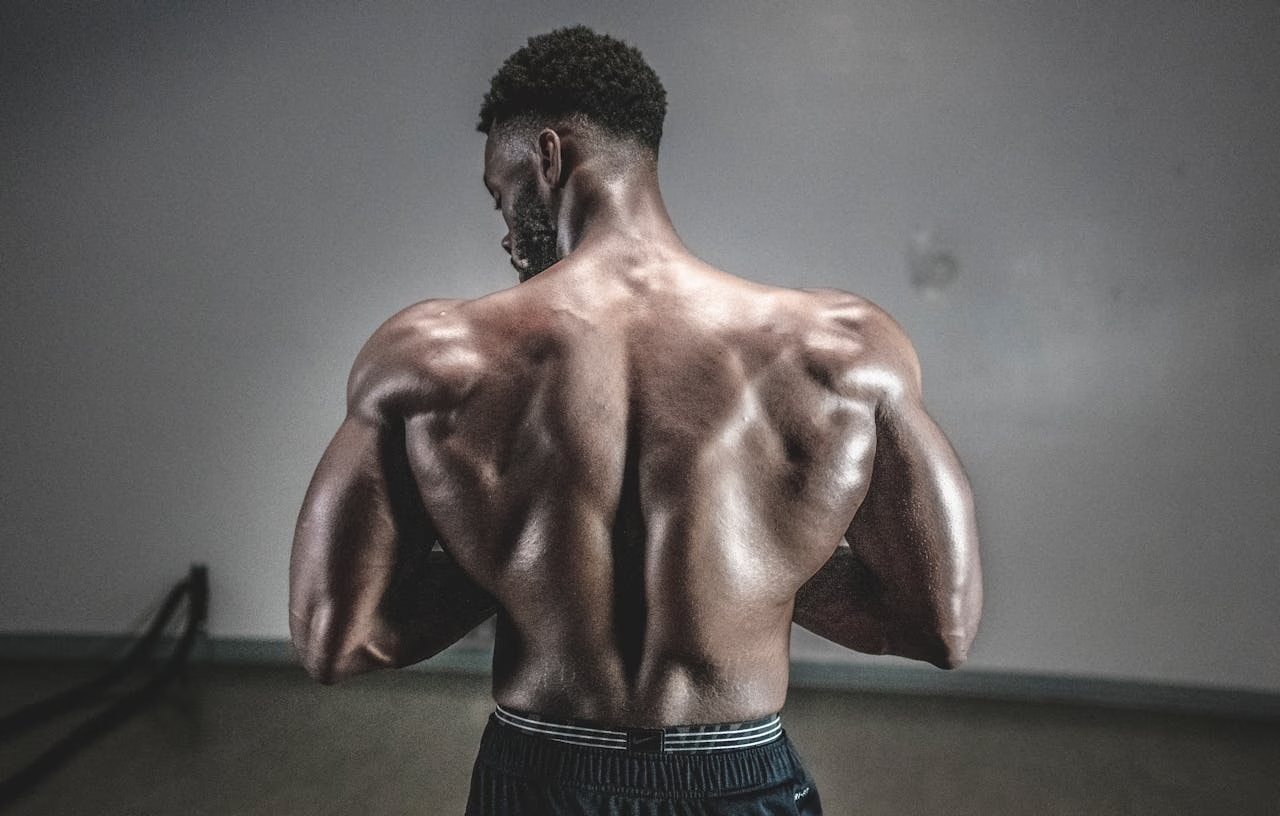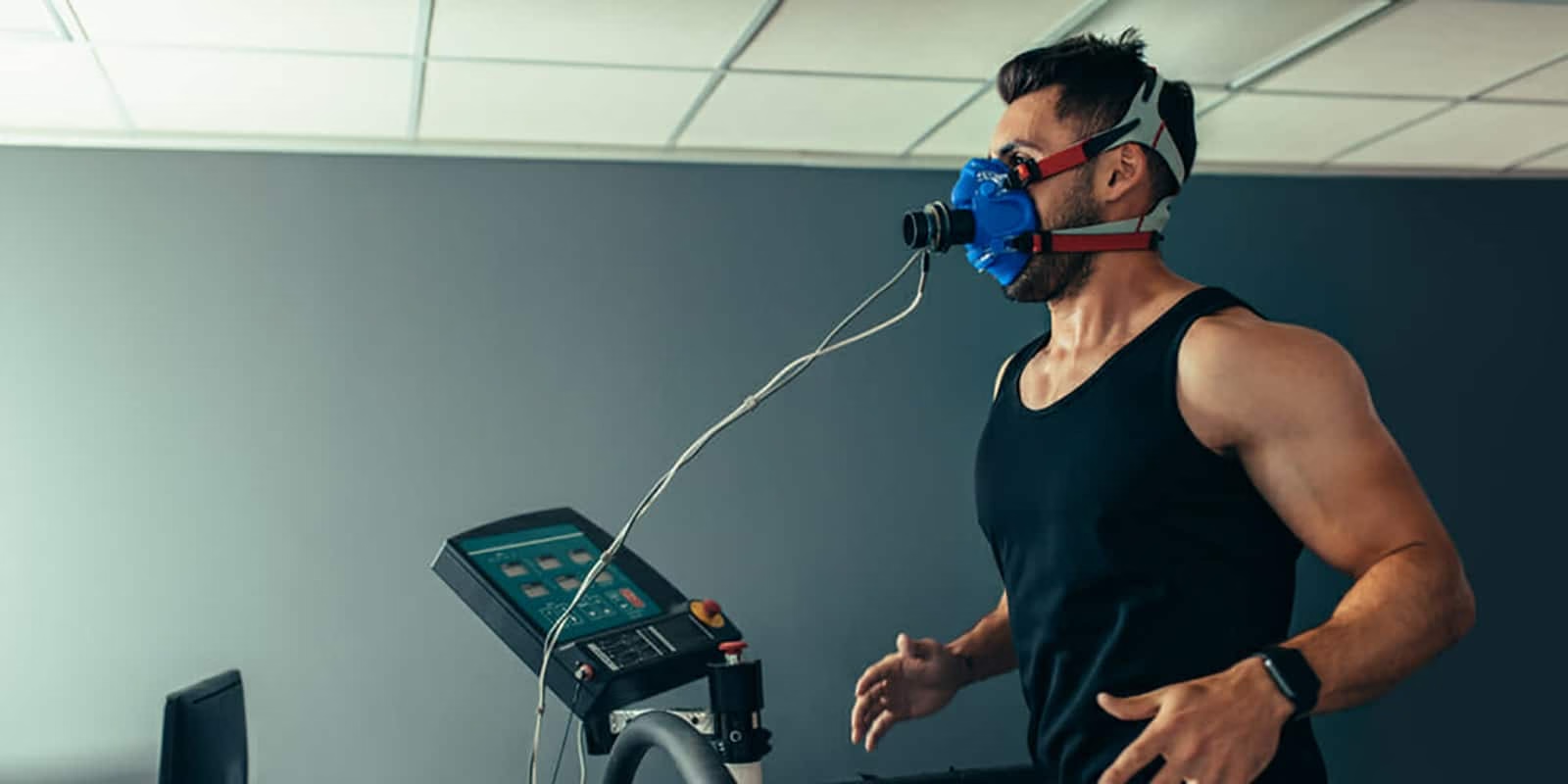
Are you getting stronger? There’s an excellent way to find out. Here’s how to ensure your one-rep max is at its best.
A proper one-rep max test isn’t something to try every week but, done smartly, it’s something to work towards because it’s a good indicator of where you are in your lifting life. If you’re planning to compete in strongman, powerlifting or Olympic lifting, it’s a must, though you might want to save the genuinely all-out efforts for competition day. For everyone else, working up to a big single rep is something to plan for every few months. Here’s how to do it.
Get your blood pumping.
Preparing for a one-rep max (or 1RM) is different for everyone. For some people, it’s a carefully planned-out process – for others, it just means hitting a big lift on a day you feel strong. Generally, though, you should aim to warm up like any other big day in the gym: plenty of movement to get your heart rate up, then some specific lifts.
“I’ll often do a barbell complex,” says powerlifter Tom Hamilton. “Maybe some squats, presses, Romanian deadlifts and hang cleans with an empty barbell. I’m also a big fan of bodyweight movements: push-ups, pull-ups, inverted rows, hanging leg raises, lunges, squats.” Pick three moves, do three to five reps of each, and repeat twice.
Get under the bar
How many warm-up reps you should do with the lift you’re planning to max out on is a tricky subject. You want to be warm but don’t want to wear yourself out. The solution? Do most
of your reps with minimal weight. If you’re planning to max out with a 120kg squat, for instance, you might do two sets of five to ten reps with an empty bar, one set of five with 60kg, another with 80kg, and then a set of three with 100kg and a single at 110kg.
“You’re only likely to have, at most, four top-end lifts in the tank on any given day,” says gym manager Rob MacDonald. “Make them count.” Don’t feel comfy maxing out just yet? Keep a record of your records with higher reps – your 3RM or 5RM max, for instance – and use an online calculator like exrx.net to work out your max. It’s better to keep chugging along and make gains than go out in a blaze of glory.
Make sure you mean squat.
“Aim to do every rep of your squat – warm-up or working set – the same,” says Hamilton. “Grab the bar the same way, take the same number of steps out of the rack – ideally it should be three – and go through the same mental cues before you lift. When the weight gets heavy, you’ll go back to what you’ve done a hundred times.”
Squat technique is individual, but there are constants. “Take a big breath and hold it before you lift,” says strength coach Joel Dowey. “Brace as if you’re about to be punched in the stomach. Sit down and back, as if you’re going to sit in a chair. And don’t lose tightness when you’re in the bottom of the lift, known as the ‘hole’ – you’ll need to drive back up strongly.”
Deadlift like you mean it
Remember: if you aren’t scraping your shins, you aren’t really trying. “An easy way to do it is to take hold of the bar then ‘pull’ yourself down into position, rolling the bar against your shins so that your toes are well underneath it,” says Dowey. “Take the tension of the bar before you lift, and imagine pulling your shoulder blades back and down into your pockets to keep your back tight.”
Build a better bench
For a better bench, the set-up is key: set up with your hands wide enough to leave your arms at a roughly 45° angle from your sides, with your forearms vertical as you press. “Get a hand-off from a spotter if you can,” says Dowey. “This’ll allow you to pull your shoulder blades together behind you before you take the bar, giving you a more stable base to press from.” And when you’re pressing up, drive the bar back toward your face as you push the bar off your chest instead of driving the bar straight up. This makes the lift more efficient because it keeps the bar directly over your shoulders – where pressing is easier – for more of the lift.
Related: 25 Ways to Bet Bigger





